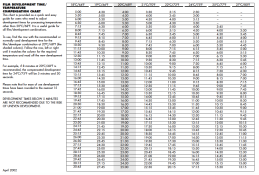I notice that in almost all videos on developing I've seen, and all tutorials, there doesn't seem to be any temperature maintenence once the developer is in the tank. i.e. other than agitation, the tank just sits there. I haven't yet seen someone set the tank into a water bath to hold temperature.
And while one may adjust one's processess accordingly for B&W, it seems like it just might be good practice if one also does or intends to do C41 or E6.
What say you? A good idea or not?
And while one may adjust one's processess accordingly for B&W, it seems like it just might be good practice if one also does or intends to do C41 or E6.
What say you? A good idea or not?



 .
.